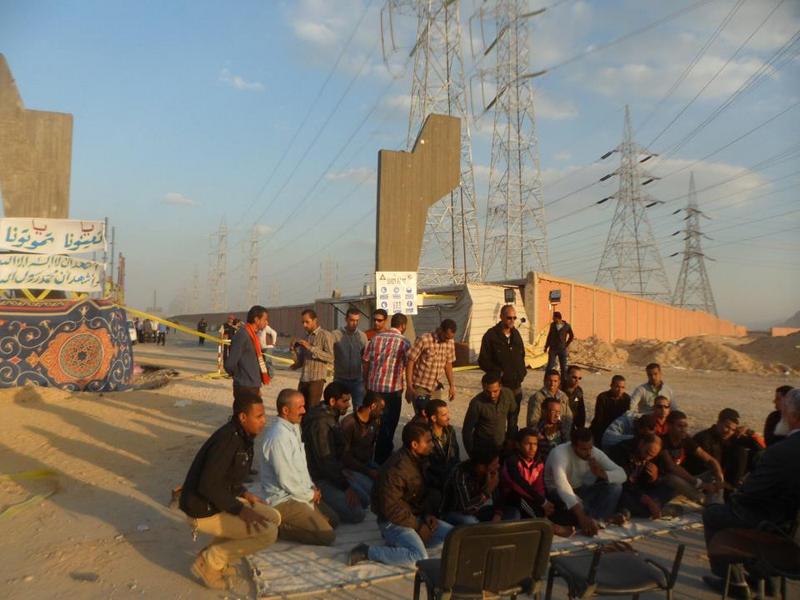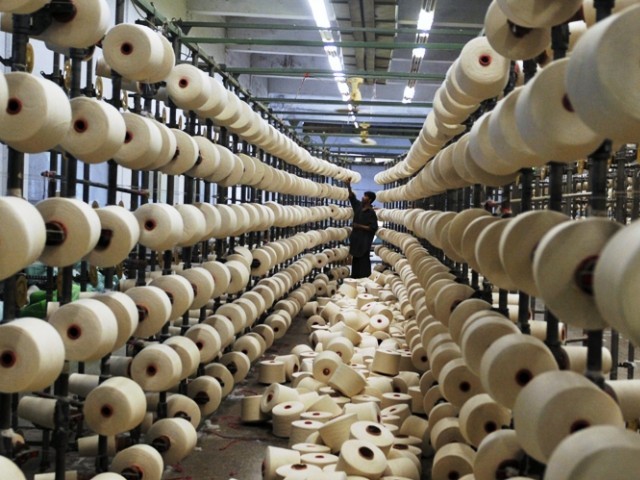CAIRO: Among the many languages of the subcontinent, the famed Indian head-nod – a side-to-side waggle of the head – is perhaps one that features across borders, especially in music.
Kicking off with a musical night at the Cairo Opera House on Nov. 10, the week-long festival entitled “Days of Indian Culture in Egypt also featured dance, films, paintings and photography.
The Goa Folk Dance that opened the week also featured a troupe called “Pirates of Cumbria, that performed “Kumbi Fugdi dance, which takes place in a setting of wedding preparations.
Clapping and hopping, the performers created a sense of the buoyancy of the sea, and the community it fosters – most of which consists of fishermen that wear clothes cut off above the knee.
Other Goan numbers revealed Portuguese colonial influences, while songs were also performed in Konkani (the local Goan language) and Hindi with English as the medium of introduction.
The cultural events in Cairo also coincided with President Hosni Mubarak’s visit to New Delhi from Nov. 16-19, in which he received the Jawaharlal Nehru Award for International Understanding for the year 1995 from Indian President Smt. Pratibha Devisingh Patil.
Mubarak had donated the 1 million Indian rubees award to the National Cancer Institute.
“Days of Culture followed the provisions of the India-Egypt Cultural Exchange Program, an article stipulating renewed cultural exchange among the two countries signed during Egyptian Foreign Minister Ahmed Aboul Gheit’s visit to India in 2006. A week of Egyptian culture was consequently held last year in various places in India, including Mumbai and Delhi.
This was the first time for there to have been a full-fledged week-long Indian event in Egypt supported by Indian Council for Cultural Relations and the Egyptian Culture Ministry.
The event was met with much success. Artists of the Taldarshan group led by Anil Chaudari met with a full theater at the Cairo Opera House, and said that their original half-hour program extended to one and a half hours at the Sayed Darwish Theater in Alexandria.
Watching the repeat performance of the Goa troupe at Cairo’s Gomhureya Theater on Nov. 12, Dipti Chavan-Chakraborty, who has visited the coastal province in India said, “Now I am in Goa.
Photographer Tamer Shahin, who was also amongst the audience, enjoyed the instrumental sounds of Taldarshan better than the Goan performance, which he found “was not like the Hindi movies.
Shahin leaned forward in his seat, however, as he listened to the various tablas (drums) routines in the classical Indian Talvadya. He hadn’t seen the different drums, he said, and found their sounds closer to the tabla played in Egypt and the rest of the Arab world.
A sense of shared culture was an intended product of the cultural week, according Basheer Ahmed, director of Maulana Azad Center for Indian Culture (MACIC), who said that the movies featured in the India Film Week were “related to social problems which are identical in Egypt.
The intention was even “to create a renaissance in Egypt, said Ahmed. The award winning movies from different culture, and in different languages, subtitled in Arabic dealt with social realities such as may be appreciated by the average Egyptian.
“Ahalya features the humiliation and suffering felt by a widow. “The Making of Mahatma fetched a larger crowd, said Ahmed, as the audience was familiar with and curious about the character of Mahatma Gandhi and how India had achieved freedom.
“That is also a message to the world. We wanted to tell the Egyptian community, that we share the same problems.
While the numbers of attendees may reflect otherwise, the audience that attended was definitely enthusiastic.
Heba El-Hefnawy, journalist and translator, describes herself as a “lover of Indian movies, and has even formed a Facebook group on popular Indian actor Shahrukh Khan. Hefnawy attended all the movies in the festival.
She enjoyed the week, specifically, “Ahalya and “.Jayate – the latter about a lawyers struggle against corrupt social and legal practices.
The Indian cinema presented “speaks more about the Indian traditions, and the facts that really happen in India, not only in ancient but in recent times, said Hefnawy. She agreed that “Ahalya hit close to issues at home, “We deal with the widows badly and look to them in a bad way.
As it began, so the week ended with song and dance, with performances by the Kathak and Rajasthani troupes from India with live musical accompaniment.
Audience member Sankalita Shome, who herself once trained in Kathak, was impressed by the footwork of the visiting artistes. She was also happy to see that the enthusiasm and pride with which local and Indian community took an avid interest in the cultural events.
The Rajasthani Folk Group featuring Rakhi Puram Sapera and the Sapera family from Rajasthan presented the kalbaliya, or the snake dance.
The impressive colors and acrobatics of the Rajasthani dancers left the audience joining their beats with claps that doubled up as applause.
This year was well-received according to Ahmed, who hopes to include an Indian fashion show in an encore of a full-fledged India week next year.
Among the many things that the head-nod may signify, one perhaps is the enjoyment and knowledge of a job well-done, even as one is doing it.


